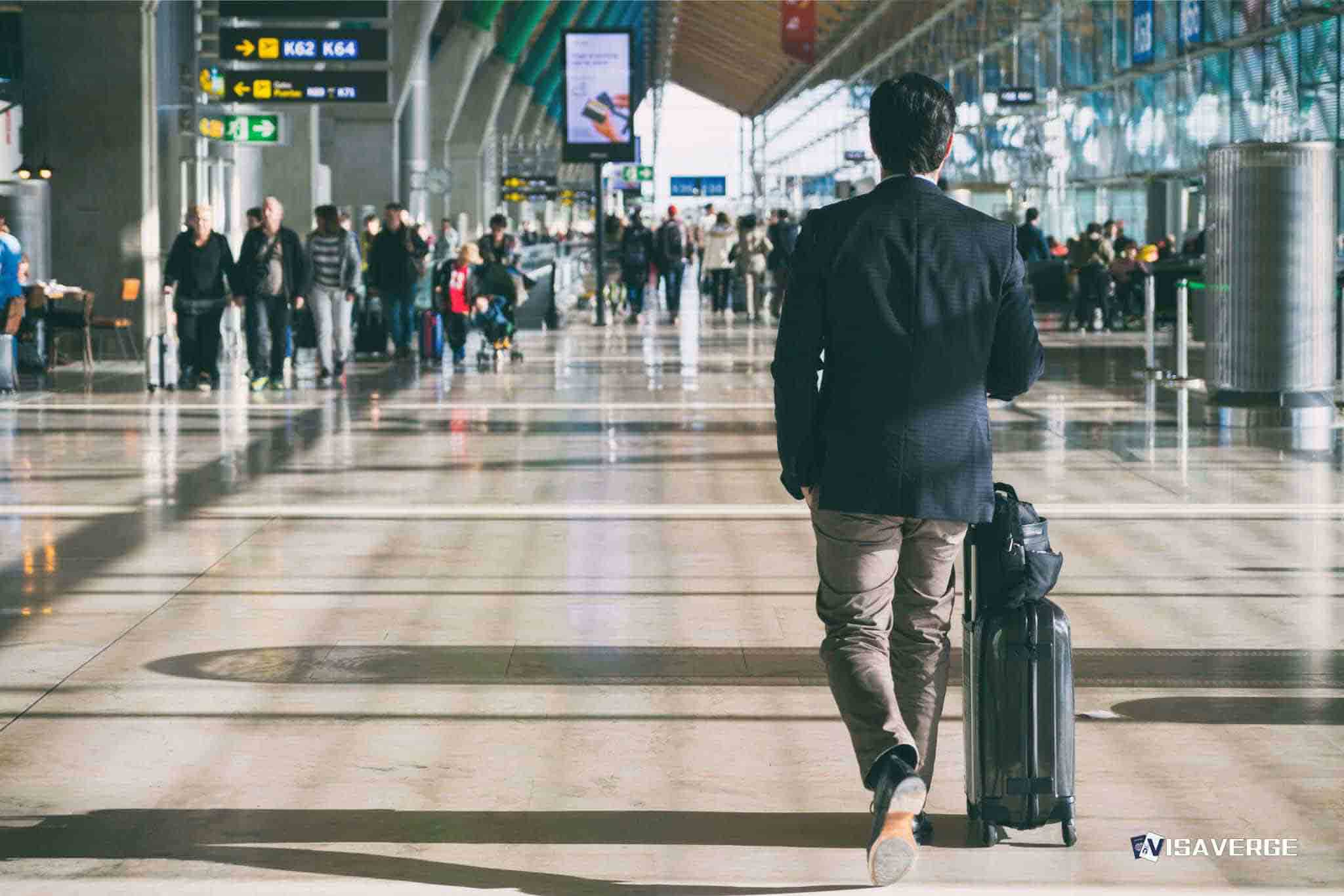Congressman Mike Simpson secured a major win for the Idaho Falls Regional Airport this week, announcing the inclusion of $12 Million Federal Funding for Phase 1 of the terminal expansion in the Fiscal Year 2026 Transportation, Housing and Urban Development, and Related Agencies Appropriations Act. The measure cleared the House Appropriations Committee on August 11, 2025, moving a long-planned upgrade closer to construction.
City leaders say the expansion will ease crowding, improve baggage handling, and support local jobs as travel demand continues to rise.

Funding Overview
- Community Project Funding (CPF): $12,000,000 included in the FY2026 appropriations bill (House Appropriations Committee approved Aug 11, 2025).
- FAA grants (CFDA 20.106, Helena Airports Division Office):
- $2,600,000 — awarded May 22, 2025
- $271,700 — awarded August 4, 2025
Together, these grants contribute to Phase 1 of a broader airport improvement program now estimated at $60 million.
Why the Expansion Is Needed
Airport traffic has grown substantially:
- Since 2018, passenger volumes at Idaho Falls Regional Airport have increased by about 75%.
- In 2024, the airport recorded 307,942 departures and 302,699 arrivals, making it the second-busiest airport in Idaho after Boise.
Airport Director Ian Turner has warned that baggage space, ticketing areas, and passenger holding rooms are stretched, especially during peak travel times.
“Expanding the Idaho Falls Regional Airport will better serve the Idaho Falls community, support local jobs, and enhance the city’s status as a top destination for travelers and economic opportunities. I have been a steadfast supporter of our local airports, and I am pleased that this funding will facilitate these necessary improvements,” said Congressman Mike Simpson.
Local officials also credited Senators Jim Risch and Mike Crapo for backing federal funds tied to the expansion.
Phase 1 Scope and Construction Timeline
Phase 1 focuses on relieving the most acute capacity and safety issues. Planned work includes:
- Expanding outbound baggage operations
- Adding ticketing and queuing space
- Improving baggage cart loading safety
- Installing a new conveyor system
- Building a second-level passenger hold area
- Laying groundwork for later expansion of the security screening checkpoint
Project schedule highlights:
- Utility work — start in Spring 2025
- Build-out — roughly 20-month construction aiming to finish by end of 2026
The City has assembled a core team to phase construction while keeping the airport operational:
- Engineering: Ardurra Group
- Architecture: Alliiance Architects
- General contractor: Clayco Corporation
Their plan phases upgrades so key systems—especially baggage and security—remain functional during construction.
Policy Context and Funding Mechanisms
Two federal tools underpin the financing:
- Community Project Funding (CPF): Allows Members of Congress to request targeted investments through annual spending bills. CPF requests undergo committee review and must pass the broader appropriations process before funds are released.
- FAA grants (CFDA 20.106): Flow through competitive applications and technical review under the FAA’s Airport Improvement Program.
For background on eligible projects and funding pathways, readers can review the FAA’s Airport Improvement Program: https://www.faa.gov/airports/aip
CPF supporters say it reinvests local tax dollars at home when projects show clear public benefit. Critics often call CPF “earmarks,” but city officials argue the airport project targets basic safety and capacity needs rather than waste.
Economic and Community Impact
Benefits for travelers and the region include:
- Reduced long lines at ticketing and security
- Faster baggage processing and improved cart loading safety
- Less crowded passenger holding areas
- Job creation from construction trades and ongoing airport operations
- Improved ability for airlines and service companies to staff and operate efficiently
Local leaders view the expansion as essential to keeping southeast Idaho’s largest city connected regionally and nationally.
Disadvantaged Business Enterprise (DBE) Goal
- The airport has set a 2.9% DBE goal for FAA-funded contracts for fiscal years 2025–2027.
- This goal targets participation by small, minority- and women-owned businesses.
- Stakeholder consultation is under way.
DBE policy contacts:
- FAA Office of Civil Rights — regional contact: Sonia Cruz at (424) 405-7206
- Local DBE inquiries: Brook Edwards, 2140 N. Skyline Drive, Idaho Falls, ID 83402 — (208) 612-8224, [email protected]
Project Phasing and Typical Steps
If the timeline holds, the city expects phased work that allows partial use of new space before final completion. Typical steps include:
- Utility relocation and site preparation (Spring 2025)
- Expansion of outbound baggage, ticketing, and passenger areas
- Installation of the new conveyor system and modifications to security areas
- Ongoing renovations toward late 2026
The airport’s long-range master plan looks 20 years ahead, with additional improvements anticipated as growth continues. For now, Phase 1 is intended to relieve the most critical chokepoints and set up later security upgrades.
Contacts and Further Information
- City of Idaho Falls Public Information Officer: Eric Grossarth — (208) 612-8562, [email protected]
- DBE inquiries: Brook Edwards — (208) 612-8224, [email protected]
- Congressman Simpson’s office: updates on CPF and the FY2026 bill via simpson.house.gov
Final Steps and Outlook
- The CPF portion still depends on final passage of the FY2026 appropriations act.
- If Congress approves the full package, funds would be released to match expansion milestones.
- City leaders may pursue additional FAA grants as work progresses, consistent with prior awards.
- With CPF plus FAA grants from May 22 and August 4, and prior terminal funding awarded on November 12, 2024, the city has built a funding stack aligned with Phase 1 needs.
If Congress passes the final appropriations act on time, construction crews could be on site in the spring, and travelers could see a smoother experience by late 2026 at Idaho Falls Regional Airport.
This Article in a Nutshell
Congressman Mike Simpson secured $12 million CPF for Idaho Falls Regional Airport Phase 1, joining FAA grants. Phase 1 eases baggage congestion, adds ticketing space, installs a conveyor, and builds a second-level hold. Engineering and construction will phase work to keep operations while targeting completion by late 2026 for improved travel and jobs.












